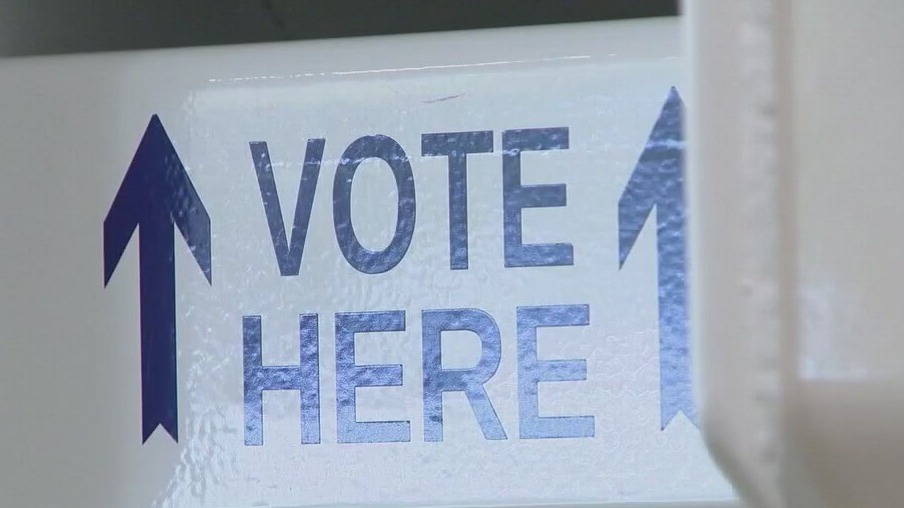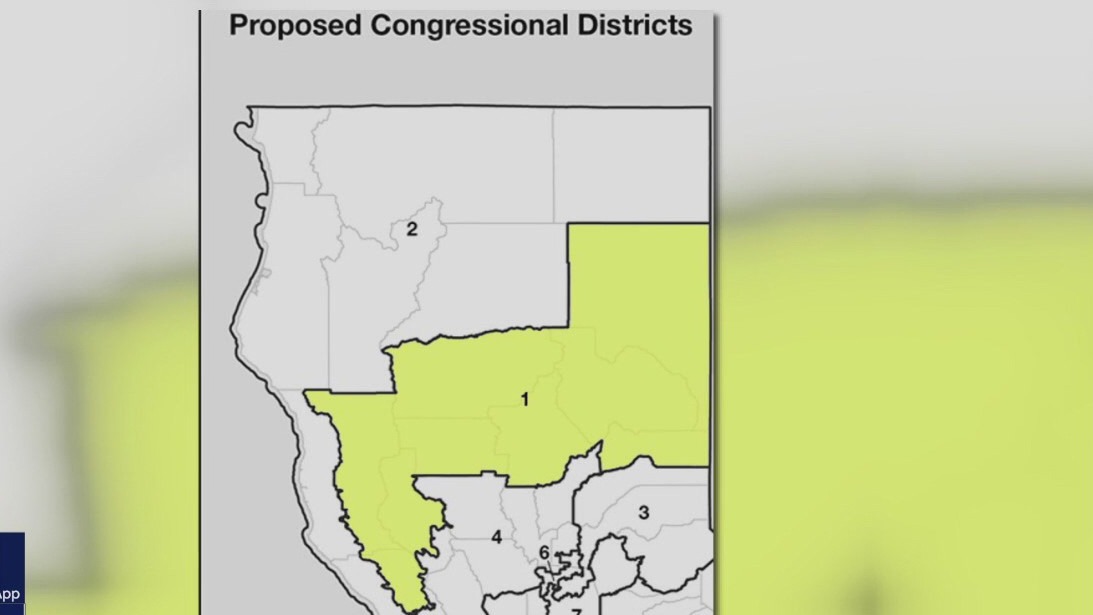
OAKLAND, Calif. – California is gearing up for a special election to decide whether the state will redraw congressional lines in an effort to help Democrats gain five more seats in the U.S. House of Representatives next year.
Proposition 50 comes after Texas Republicans, backed by President Donald Trump, advanced their own redistricting plan to lock in a similar advantage for the GOP ahead of the 2026 elections.
In August, Gov. Gavin Newsom signed the “Election Rigging Act,” triggering the special election that lets voters decide the fate of Prop. 50 this November.
Here’s everything to know about the 2025 special election in California and Proposition 50.
Proposition 50 is an effort by Gov. Gavin Newsom to help Democrats win five additional seats in California to offset Trump’s moves in Texas to try to gain five Republican districts.
On Aug. 21, Gov. Newsom signed into law the so-called “Election Rigging Response Act,” a temporary constitutional amendment he said offers the state an opportunity to “push back against President Trump’s power grab in Texas and other Republican-led states.”
A yes on Prop. 50 would thwart the action of the California Citizens Redistricting Commission, the independent panel tasked with drawing boundaries for the state’s electoral maps every ten years.
It would allow California to make temporary changes to the state’s current congressional districts, with the newly drawn map intended to favor Democratic candidates.
County officials began mailing ballots out on Oct. 6. Voters can mail in their ballots, but must make sure it is postmarked by Nov. 4. Californians can also drop off their mail-in ballots at a secure drop box beginning 29 days before the election, or at a voting site on Election Day.
Where to vote: Bay Area ballot drop-off sites
Use the links below to find ballot drop-off sites in your county.
When is California’s Prop. 50 special election?
The election is on Nov. 4, 2025.
States typically redraw their congressional districts every 10 years. Proposition 50 would ask voters to approve a rare mid-decade redistricting map. In modern-day, there have only been a few mid-decade redraws, not related to population shifts, but that could be changing.
The measure would allow California to make temporary changes to the state’s current congressional districts, with the newly drawn map intended to favor Democratic candidates.

A yes vote on Prop. 50 would allow California to adopt new congressional district maps starting in 2026. The maps would remain in place until the 2030 census, when the state’s independent Redistricting Commission redraws maps.
If approved, the new map could eliminate up to five Republican-held seats, strengthen Democratic incumbents in competitive districts, boost Democrats’ edge to 48 of California’s 52 House seats, up from 43 now.
Currently, Republicans hold a 219–213 majority in the House, with three vacancies.
A no vote keeps the current congressional district maps in place until after the 2030 census.
Critics say Prop. 50’s redrawn lines are politically motivated and could disrupt rural representation mid-decade without new population data.
In some cases, the redrawn maps would merge rural northern California with liberal Marin County, drastically altering the political makeup of the region, opponents have said. In others, district lines are left unchanged or have only minor adjustments.

California currently has 52 congressional districts, 43 of which went to Democrats in the last election.
The redrawn maps target five of the nine Republican districts. Those seats are held by Reps. Doug LaMalfa in District 1, Kevin Kiley in District 3, David Valadao in District 22, Ken Calvert in District 41 and Darrell Issa in District 48.
The Prop. 50 maps would redraw those districts to include areas with more registered Democrats, which would effectively flip them from Republican representation.
District 1
If California’s District 1 was redrawn, it would cover Lassen, Plumas, Sierra, Butte, Tehama, Glen and Lake Counties, as well as parts of Mendocino and Sonoma Counties. Modoc, Shasta and Siskiyou Counties would be incorporated into District 2.
District 3
District 3’s largest cities are the Sacramento suburbs of Roseville, Folsom, and Orangevale, as well as mountain communities including Truckee and Mammoth Lakes. It has an estimated population of 807,351 people and a median household income of $107,122. The redrawn district would be significantly smaller, and would only fully cover Nevada County, as well as the majority of Placer and El Dorado Counties, and a section of Sacramento County.
District 22
District 22 includes most of Kings County, and parts of Tulare and Kern Counties. It covers the eastern portion of Bakersfield. The district has an estimated population of 770,684 people and median household income of $60,072. The redrawn district would cover sections of Tulare, Kern, Kings and Fresno Counties, as well as a small section of Madera County.
District 41
California’s 41st district is limited to Riverside County, and currently includes much of the wealthy sections of Coachella Valley, as well as Palm Springs, Palm Desert, Indian Wells and La Quinta. The District has a population of 824,187 people and a median household income of $101,842. The redrawn district would be shifted significantly to the west, and would represent central Los Angeles County, including the cities of Downey, Norwalk, Whittier and Lakewood.
District 48
The 48th district covers all of San Diego County and the southwestern portion of Riverside County. The district has an estimated population of 768,439 residents and a median household income of $114,972. The redrawn district would cover a reduced section of San Diego County and a greater portion of Riverside County.
The Source: Reporting by KTVU on Proposition 50, Gov. Gavin Newsom, California and the 2025 special election.

